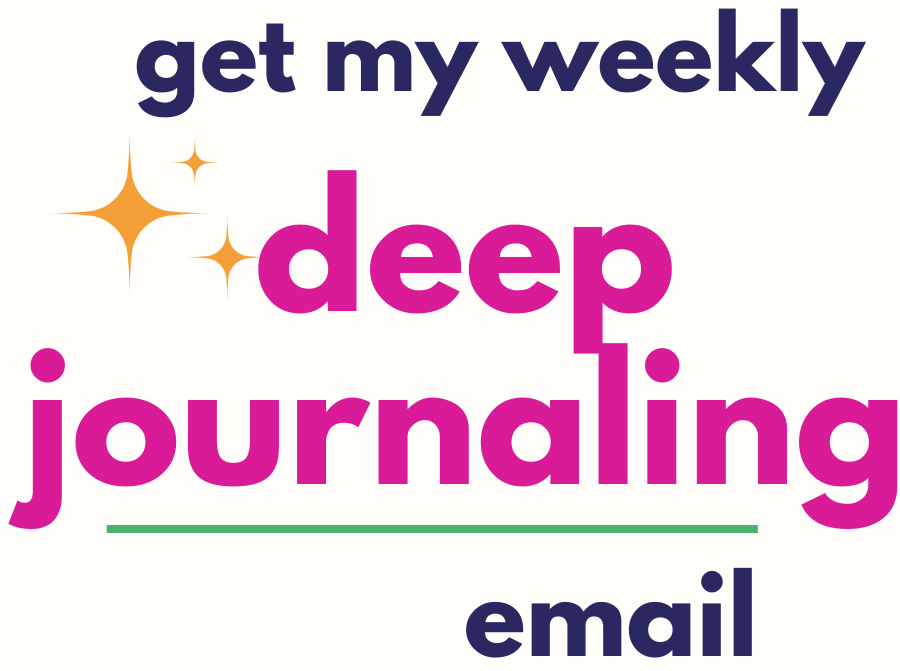This is post #3 in the series 7 Easy Steps to be a Better Quitter. This series provides journal prompts and writing topics to enable big changes. I used this process to quit smoking, change jobs, start running, and eliminate debt. It works!
To change a behavior, identify why you do it.We do things because they work. On some level, this negative behavior is providing a payoff. Identifying that payoff gives you the freedom to choose a positive behavior that gives the same results.
Human behavior is fueled by a desire to avoid pain or experience pleasure. Your payoff is usually tied to one or the other. And, believe it or not, avoidance of pain is often more powerful than seeking pleasure.
Once you’ve identified a change you need to make and detailed the the costs and benefits of quitting, it’s time to identify the payoff. These journaling prompts will help you identify that payoff so you can free yourself.
Pinpointing Your Payoff
I framed the previous post in light of quitting smoking, so let’s continue that platform.
At the top of a blank page, I write “Smoking” since that’s the behavior in question. Then I brainstorm for 10 minutes, listing all the benefits of continuing that behavior. List them all – big and small. Especially the small ones – those can sneak up on you.
See how many you can come up with. When it comes to the list, go big or go home. The more material we have to work with, the better.
Scraping the Bottom
When your ten minutes is up, ask yourself the following questions to dig deep and “scrape the bottom” of your benefits:
The most surprising benefit I get out of this behavior is ____.
It’s hard to admit, but this behavior ____.
I’d be horrified if anyone else knew that this behavior ____.
I like these journaling prompts because they answer the questions you’re not asking. The ones that make you really uncomfortable. When you dig deep, you get access to the really juicy stuff.
To foster team spirit in this endeavor, I’ll continue with my own example:
The most surprising benefit I get out of smoking is having an excuse to talk to strangers when I’m feeling shy.
It’s hard to admit, but smoking makes me feel badass.
I’d be horrified if anyone else knew that smoking is sometimes the only reason I get out of bed in the morning.
I would be horrified if that were still true because now everyone knows! 🙂
What’s the Theme?
Let’s look at your list of payoffs. We need to look below the surface here. These payoffs can be distilled into a more universal theme, and that’s the level we want to get to. Remember that we do things to avoid pain or seek pleasure. Most payoffs are emotional. We perform the behavior because it makes us feel a certain way.
Go through your list and pick ten of the benefits of the behavior that most resonate with you. The ones you respond to on a gut level. The ones that make you blush or make your stomach squeamish. Circle or highlight or star those juicy ones.
In a separate list, convert the benefits to what feeling you’re seeking through the behavior:
smoking soothes my nerves when I’m frazzled -> comfort
smoking gives me a reason to talk to people -> connection
when other people let me down, I still have my cigarettes -> comfort
I like being invited out for a cigarette with my co-workers -> connection
This may feel like a bit of a stretch at first, but it’s really important to look at the true root cause of your behavior and not just the direct cause. The results of this exercise might be surprising.
Once you know why you’re really performing a behavior, it’s much easier to find a replacement activity, which makes quitting the behavior so much easier.
For example, if I know I’m craving a cigarette because I need comfort, I can find alternate ways to provide that comfort, such as a hot bath or some flannel PJ’s. If I’m seeking connection to others, I can invite my co-workers out to lunch instead of going for a smoke break with them.
I’ll cover substitutes in depth in the next post in the Become a Better Quitter series. Stay tuned. You can also get new posts delivered via email so you don’t miss a beat!
Be a Better Quitter in 7 Easy Steps
Visit the Be a Better Quitter in 7 Easy Steps series page for a list of all posts with summaries.
#1 What One Change Do You Need to Make?
#2 Do You Realize What’s at Stake?
#3 You Do It Because it Works
#4 How to Write Plan B
#5 Where’d You Hide the Chocolate?!
#6 Who’s on Your Board of Directors?
#7 Celebrate Your Success




